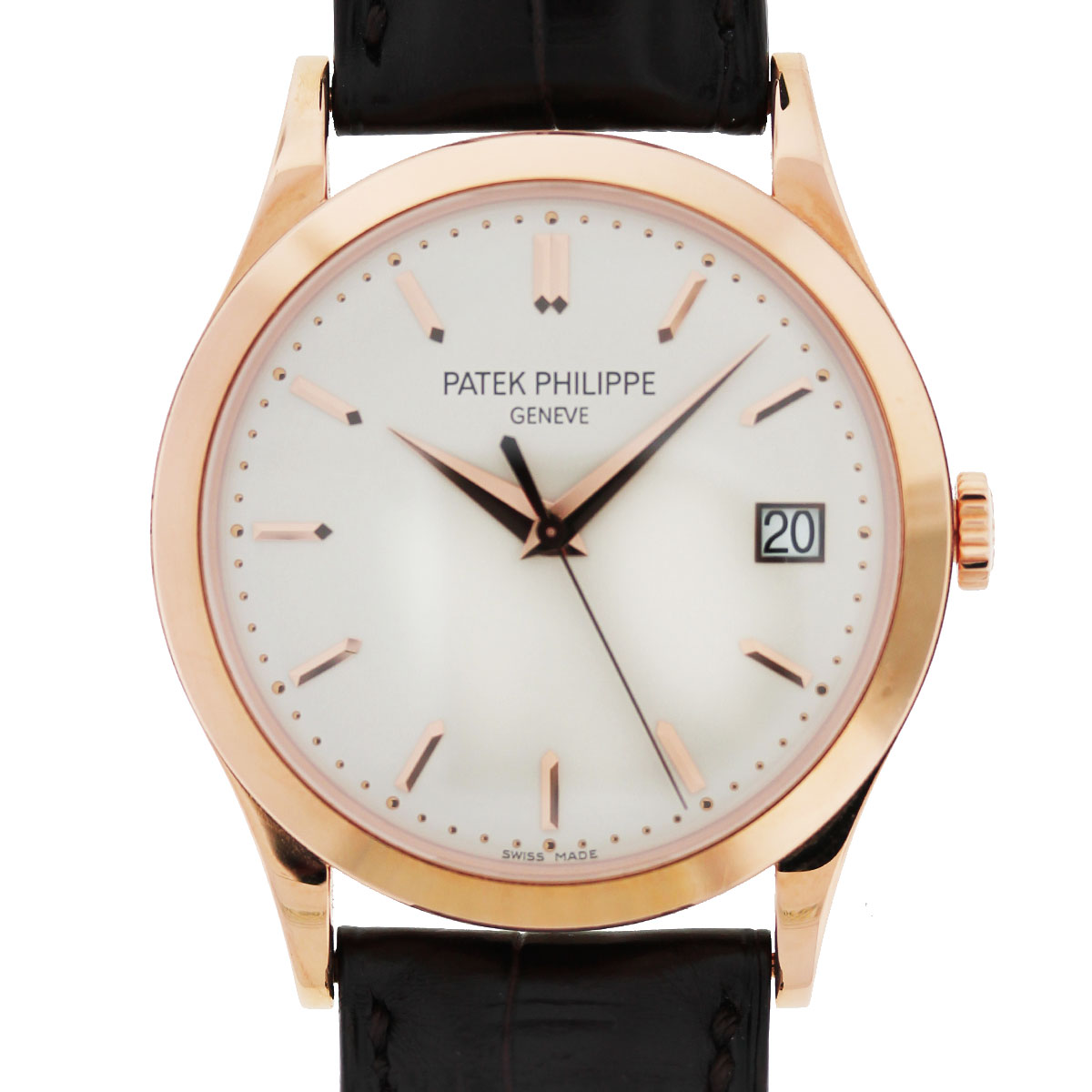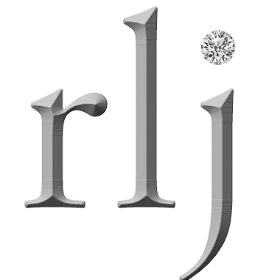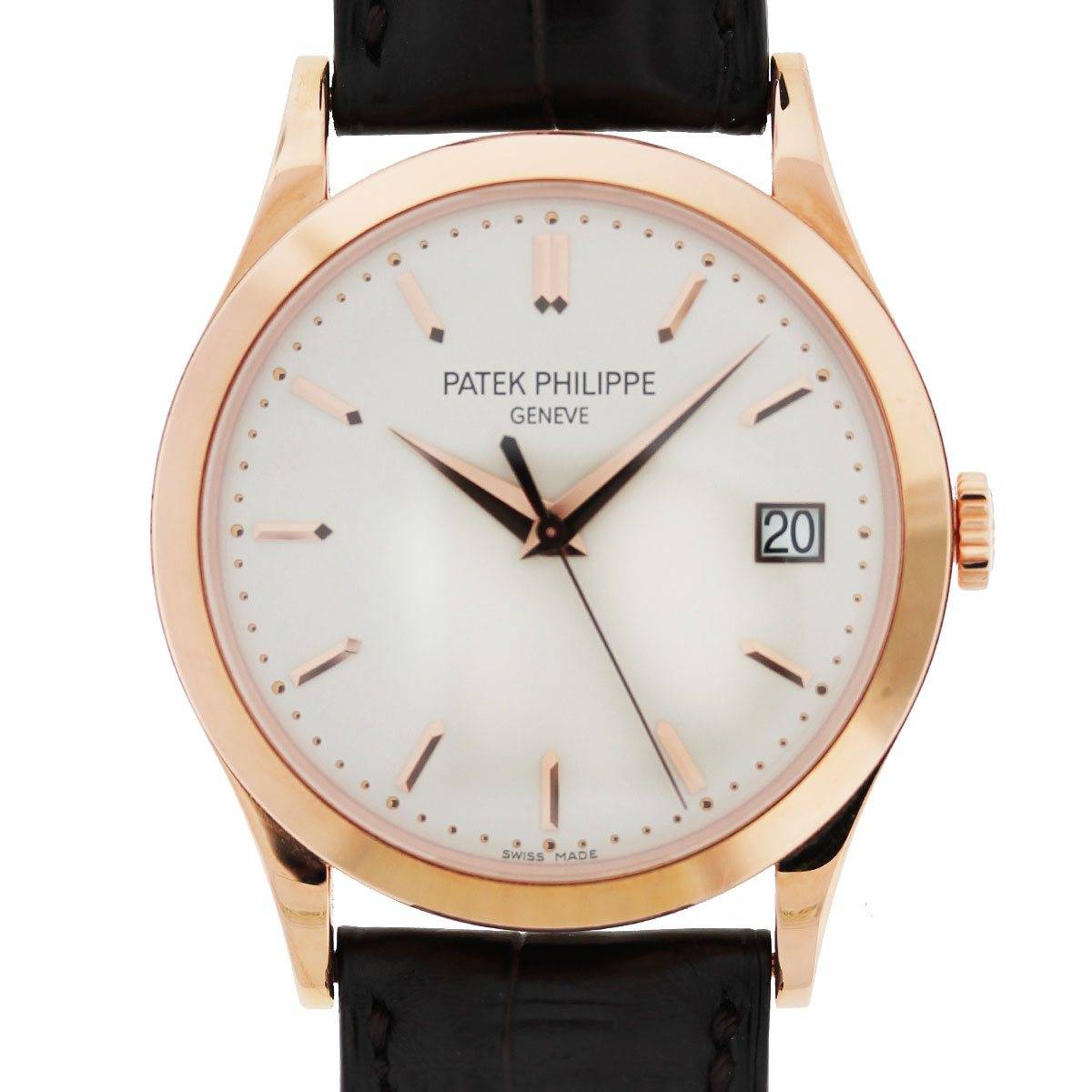7 Secrets about Swiss Watchmaking Insiders

If you are interested in luxury timepieces, you understand the roots of this industry and the role played by Swiss artisans. In fact, for decades the label “Swiss-made watch” bespoke unquestioned quality and unmatched precision. However, there have been so many changes in the world of horology that this industry now serves as the original example of dealing with a “paradigm shift.”
Pronounced dead by many in the 70s, today the industry is showing a new resilience. However, there are a number of insights to the insiders who shape this industry worth knowing by serious collectors.
Secret Number One. There is an ongoing and intense debate about what Swiss Made means today.
With the new world of outsourcing and technology shifts, there is a new focus on how to protect the meaning of the Swiss brand. The government has proposed a new rule that at least 60 percent of all production costs must be Swiss-based to qualify for the label. To protect its franchise, the Swiss watch industry is pushing for a more stringent standard of at least 80 percent.
Secret Number Two. Any watch bearing the term Swiss Made must meet at least three tests beyond the percentage of production costs.
A watch can be called Swiss or carry the Swiss made label when:
- The movement of the piece is entirely Swiss
- The movement is cased by Swiss companies in the country
- The final inspection of the piece is carried out by the manufacturer in Switzerland
- Secret Number Three. Swiss watchmaker still dominate the market
- While the Swiss produce only 2.5 percent of all timepieces by unit globally, the value of their production makes them the leading exporter in the world, with an estimated total of more than $21 billion.
Secret Number Four. The salvation of the Swiss luxury watchmaking market can be traced to Asia.
More than 70 percent of the rise in export volume for Swiss manufacturers has come from Asian countries since the turn of the century. Demand for luxury items in these countries continues to drive the most profitable lines of Swiss brands.
Secret Number Five. Switzerland is one of the most important markets for Swiss-made timepieces.
Whether it is patriotism or appreciation of quality – and certainly a bit of both – more than ten percent of all Swiss timepieces are sold within the country itself.
Secret Number Six. The Swiss are looking to control more of the market for luxury watches.
Companies such as Swatch are moving to halt the sale of their components to other watchmakers. A heavy emphasis on vertical integration is focused on avoiding past mistakes and carefully guarding the exclusivity of Swiss watches, especially in the highest-end pieces.
Secret Number Seven. The big brands are getting bigger.
Collectors looking at the crystal ball for future value should appreciate the fact that the smaller and mid-price Swiss brands are facing stiff internal competition. The Swiss government and the industry leaders are working to ensure Switzerland maintains and increases its coveted positon as worldwide leader of export by value. This means the industry within the country is becoming more concentrated around key players with known brands, major trading relationships, and powerful negotiating power.
The Swiss are known for keeping secrets, but the collectors of the world knows that when it comes to the finest in luxury watches, the two words of “Swiss made” is where it starts and ends.






